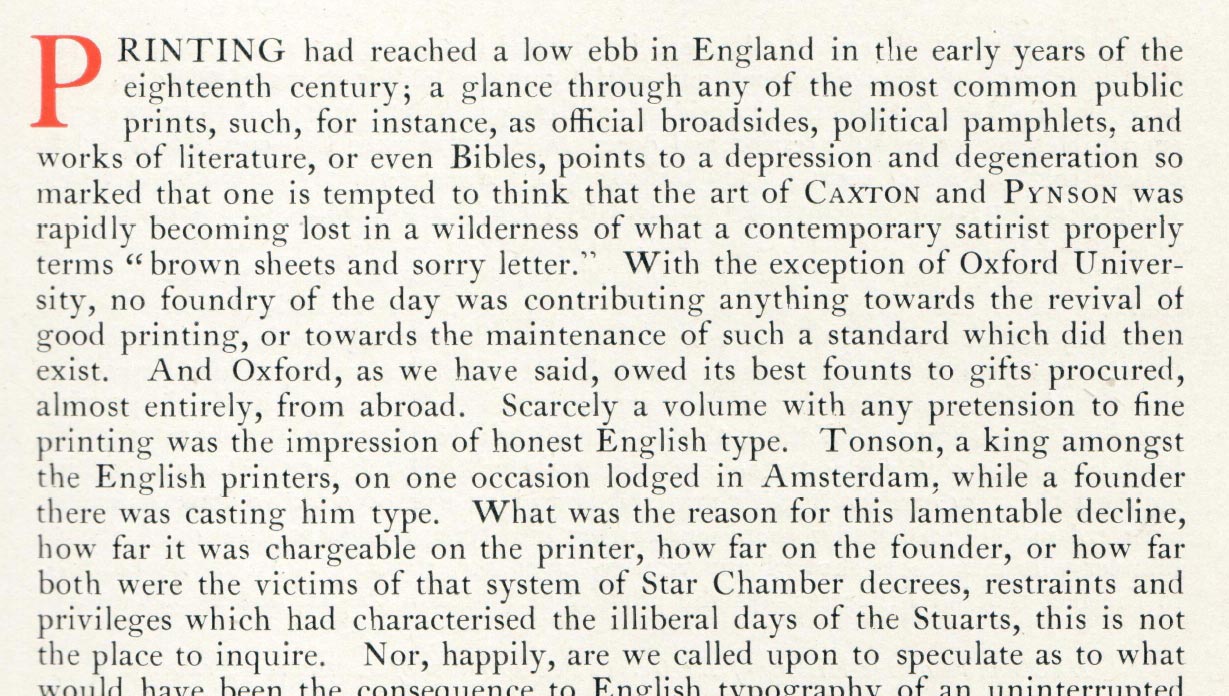Marlon
EsadTypeSeptember – December 2022
Marlon is a revival of a revival. My first assignment at EsadType, I had to interpret a typeface of my choice from a Caslon specimen published in the early 20th century. The only rule was that I could only draw in the font editor, without any background images. This came as a challenge since I usually rely heavily on pen and paper to hammer out a concept.
To keep things interesting, I selected a 9pt cut that bore little resemblance to the types cut by William Caslon I. In fact, it looked more like something from an ATF catalog of the same vintage. I thought it was terrible. Detached from any delusions of grandeur, I felt free to explore some new shapes and go against my preconceptions of how Caslon is supposed to be.
